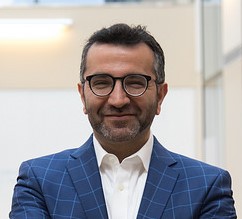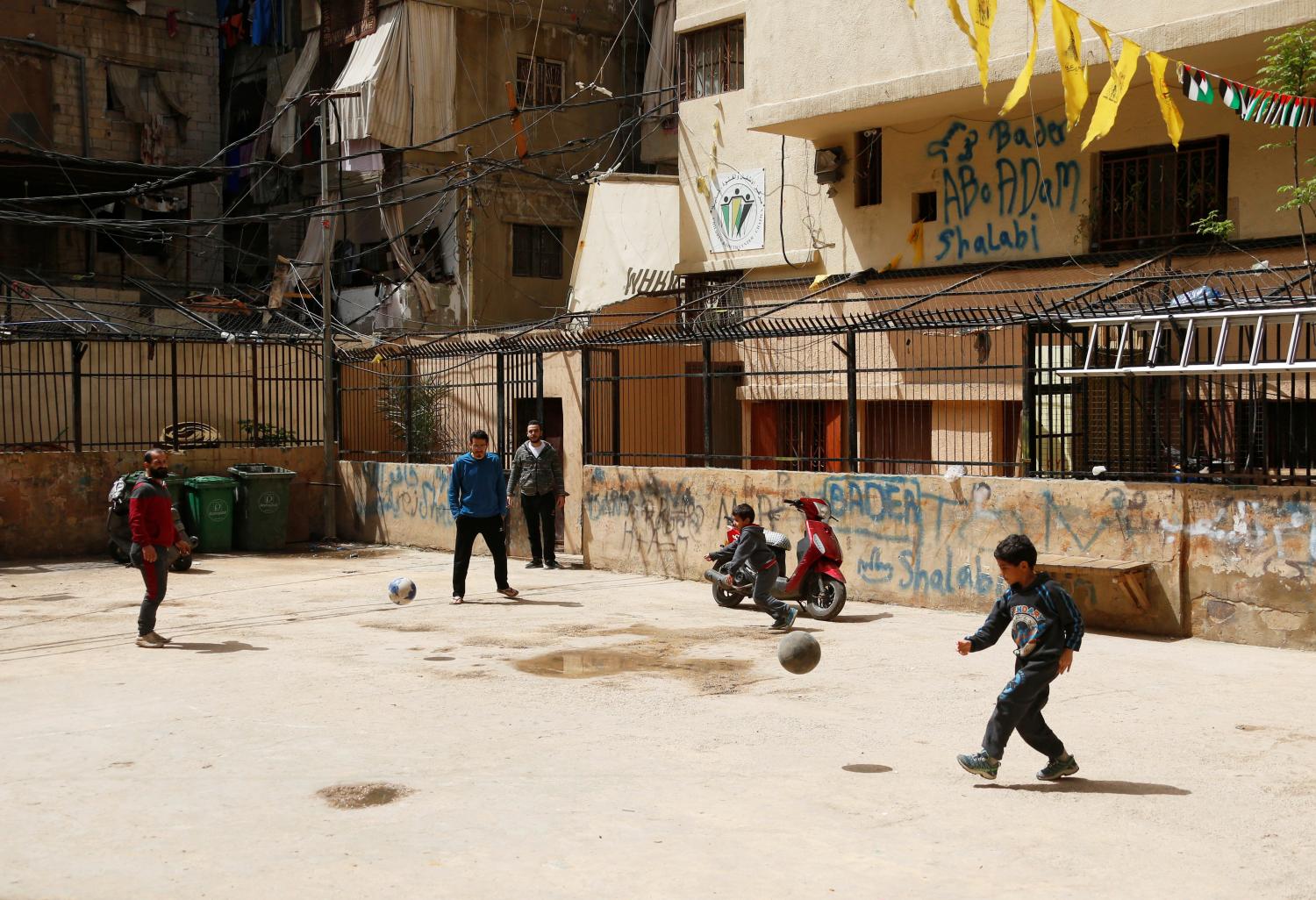Content from the Brookings Doha Center is now archived. In September 2021, after 14 years of impactful partnership, Brookings and the Brookings Doha Center announced that they were ending their affiliation. The Brookings Doha Center is now the Middle East Council on Global Affairs, a separate public policy institution based in Qatar.
Eighteen national human rights institutions (NHRIs) operate in the Middle East and North Africa (MENA). Some of them have been at work since the early 1990s and others emerged in the 2000s. This analysis explains the emergence, impact, limitations, and potential of the NHRIs in the MENA region.
Often established by executive decree to appease international critics and to assert government authority over human rights discourse, NHRIs did not, as some had hoped, transform the region’s dismal human rights record. They remain weak and controlled by their respective governments, upon whose goodwill they rely to do their work. They cooperate with governments to a fault rather than confront them, even when gross human rights violations take place. They also lack powers to protect human rights, such as the legal power to launch official investigations into violations. Consequently, they cannot hold powerful state actors, such as the police or army, to account.
But not all is doom and gloom. Contrary to what the dismissive skeptics say, MENA NHRIs have achieved moderate gains. They help legitimize and increase awareness about human rights in a region where human rights skepticism and cynicism run deep. They monitor and document human rights abuses with publications such as annual reports, even if these reports often fail to elevate victims’ voices and instead align with government accounts. They are also active in promoting human rights through education and outreach activities.
NHRIs cannot transform human rights in MENA countries when the latter face major structural barriers, including autocratic governments, the repression of civil society, and security pressures. Still, they are able to promote, if not protect, human rights. By legitimizing human rights norms and providing ideological opportunities for domestic and international human rights advocates, they can advance human rights modestly. Moreover, they hold great potential to do more when structural constraints ease.
The domestic and international human rights communities should continue to lobby MENA governments to strengthen NHRI independence from governments. One way of doing this is to push for greater compliance with the Paris Principles, which set the standards for and responsibilities of NHRIs seeking United Nations (U.N.) accreditation. Only six MENA NHRIs are in full compliance with the Paris Principles, and they perform better compared to other NHRIs in the region.
Moreover, it is essential to strengthen the Arab Network for National Human Rights Institutions (ANNHRI). Regional forums are an effective way to pro- mote human rights, especially with respect to NHRI independence and effectiveness. Currently, NHRIs in the MENA region are split between the Asia Pacific Forum of National Human Rights Institutions (APF) and the Network of African National Human Rights Institutions (NANHRI). As a regional forum, the ANNHRI has the potential to better support and facilitate mutual learning among NHRIs across the MENA region. However, the ANNHRI remains under-resourced and under-staffed and needs to be strengthened. Finally, NHRIs must collaborate with civil society organizations (CSOs) in order to be effective. As such, the domestic and international human rights communities should continue to support the development of MENA civil society and ask governments to ease political restrictions on CSOs and the human rights community.
The Brookings Institution is committed to quality, independence, and impact.
We are supported by a diverse array of funders. In line with our values and policies, each Brookings publication represents the sole views of its author(s).




